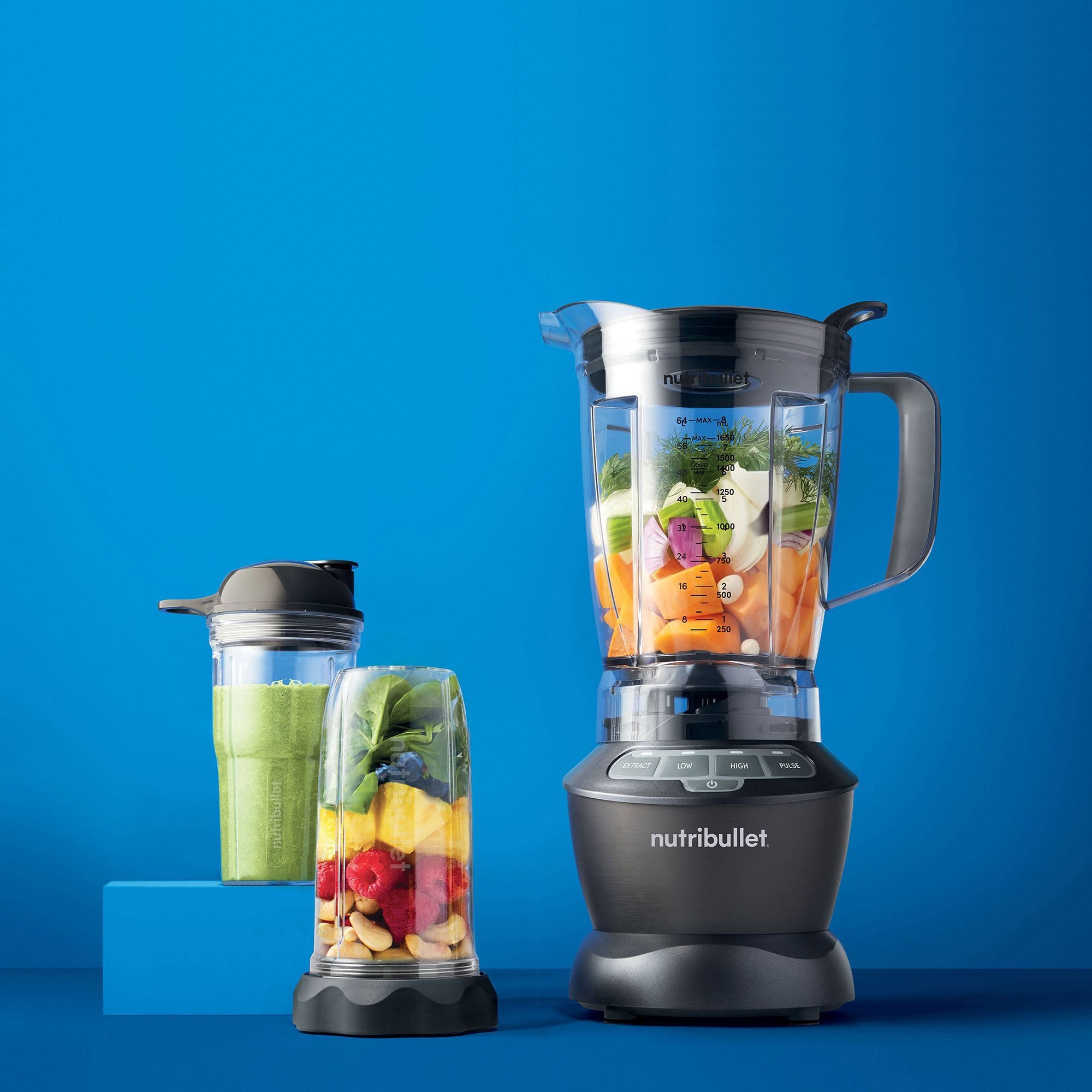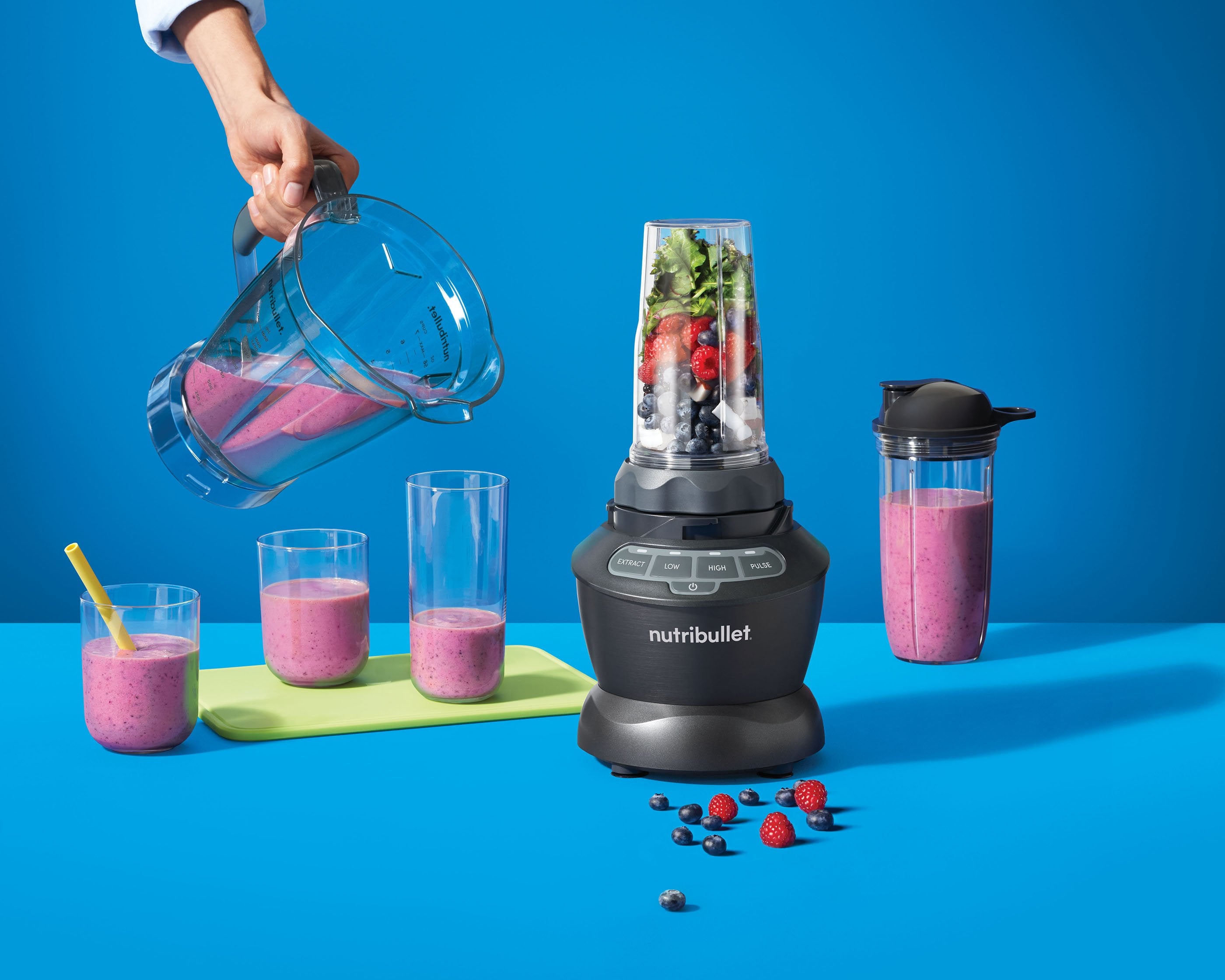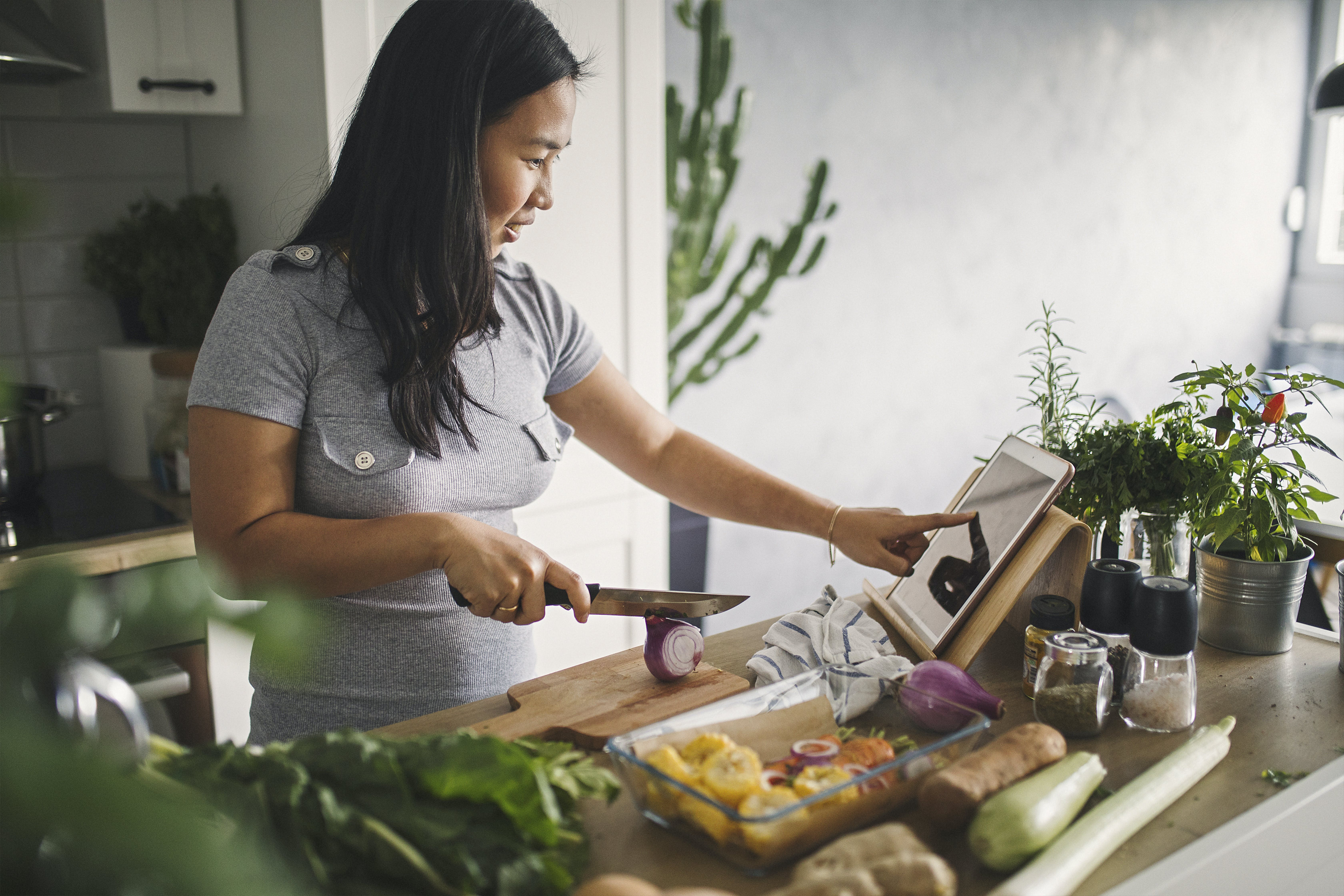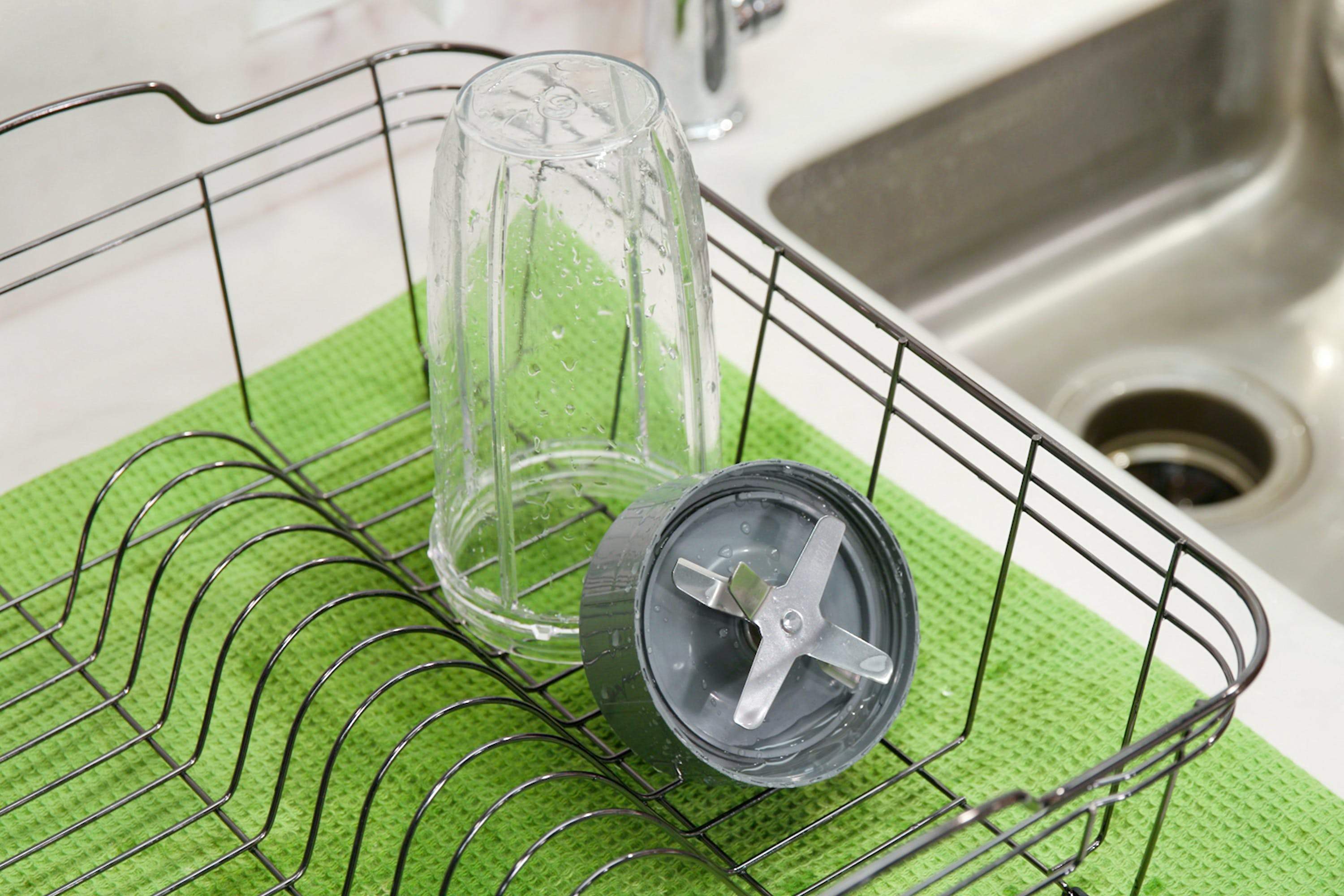Preparation is the key to success in most avenues of life, specifically healthy eating. Taking the extra time at home to prep and cook most of your daily meals can help you maintain a healthy body weight and overall lifestyle.
Where should you start?
The key to success in the meal prep game is to have a plan and keep it simple. Most people are able to grab something from home for breakfast and come home at night to prepare dinner, but lunch is an area that many people struggle with. Here are some tips for easy and healthy on-the-go lunches.
Pre-Cooking Whole Grains
Buying whole grains, such as quinoa, barley, or brown rice, and cooking up a batch of them ahead of time can really help with meal prep. Most grocery stores sell brands that only take 10 to 15 minutes to cook. You can easily add sautéed veggies, beans, and your favorite protein to the mix for a quick and easy on-the-go meal.
Pre-Cut Vegetables
Most grocery stores sell pre-cut veggies, or you can cut them yourself and keep them in Ziploc bags or plastic containers. Vegetables, such as bell peppers, broccoli, carrots, celery, and many leafy greens, can be chopped up and kept on hand to add to a stir-fry or into a grains dish for nutrients and extra flavor.
Meats and Proteins
Having your favorite protein cooked and ready to go is ideal for animal protein eaters. They can be seasoned with your favorite spices and left in Tupperware, so each day, they’re ready to be added alongside your pre-cooked grains and vegetables. Lean chicken or turkey is best, as fish can get odorous sitting in Tupperware for extended periods of time. For vegetarians, having your beans or meat substitutes prepared and seasoned as you would like them can help decrease your prep time as well.
Spices and Seasonings
Eating healthy doesn’t have to be boring! Having the right kinds of spices can really make a difference. Pick seasonings that are chemical and filler-free and have very low sodium levels. There are so many to choose from – garlic powder, curry, cumin, lemon pepper, turmeric, chili pepper, oregano, basil, etc. Use a variety so you don’t get bored with your dishes.
Need a healthy and fun meal prep idea to get you started? Here’s how to make the perfect Mason jar salad!
- Start with salad dressing. No need to carry a second container for the dressing. Simply add your dressing of choice to the very bottom of the jar and keep it upright so that the dressing stays separate from most of the other ingredients.
- Add crunchy veggies. Next, add hard vegetables like carrots, radishes, cucumbers, bell peppers, and red onion slices. Don’t worry about them touching the salad dressing because that actually makes them taste extra flavorful and delicious!
- Layer the leafy greens. Add fresh leafy greens, making sure that they’re washed and dried. This should take up at least half the jar. Save time by using pre-cut and pre-washed greens.
- Pack in the protein. To make it a complete meal, add your favorite source of lean protein. Options include grilled chicken, sautéed tofu, and beans.
- Get fancy with the toppings. Add diced avocados, shredded cheese, chopped walnuts, seeds, and/or dried fruits for more flavors, textures, and nutrients.
- Shake or pour when you’re ready. When it’s time to eat, shake up the jar to evenly distribute the dressing. You can also pour everything out into a bowl and toss it all together. Make sure the bowl is big enough to hold all the delicious ingredients; you’d be surprised by how much a mason jar can hold!
- Enjoy!
Mason jar salads are easy-to-make and super customizable to suit your taste. They’re also a healthy grab-and-go option to keep you satisfied and energized.
By prepping salads, grain bowls, and other nutritious meals ahead of time, you can stay on top of your meal plan and maintain a healthy lifestyle!
Nutritional information
Recipe: Creamy Green Strawberry Dream Serving in this recipe:1
- Calories: 236.6
- Total Fat: 3.6 g 5.5%
- Saturated Fat: 0.4 g 1.9%
- Cholesterol: 0 mg 0%
- Sodium: 358.7 mg 14.9%
- Total Carbs: 45.7 g 15.2%
- Dietary Fiber: 9.9 g 39.4%
- Sugar: 22.1 g
- Protein: 8.1 g 16.2%
- Vitamin A: 481.9% Vitamin C: 244.1%
- Calcium: 68.5% Iron: 26.1%
* Percent Daily Values are based on a 2,000 calorie diet. Your daily values may be higher or lower depending on your calorie needs.





















